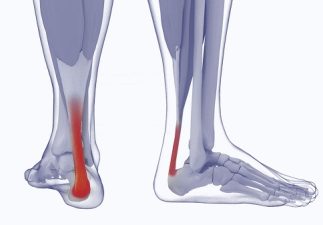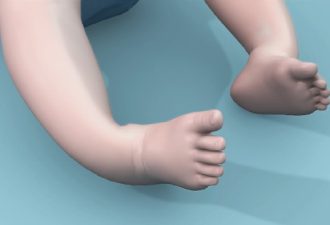In the broad spectrum of spinal deformities, mild scoliosis holds a unique position characterized by a curvature of the spine that is less than 20 degrees. Understanding the nuances of mild scoliosis, its manifestations in different regions of the spine, and the appropriate avenues for managing it can significantly impact the quality of life of individuals living with this condition. In this article, we dissect what mild scoliosis entails and explore strategies for managing its symptoms.
What is Mild Scoliosis?
Mild scoliosis is a term used to describe a type of scoliosis where the spinal curve measures less than 20 degrees on an X-ray. Although considered a mild form of the condition, it can still present challenges and necessitate targeted approaches for management.
Mild Scoliosis of the Thoracic Spine
The thoracic spine, which encompasses the upper and middle parts of the back, is a common site for scoliosis to develop. Mild scoliosis in this region might not always induce pain, but it is crucial to monitor its progression to avert complications in the future.
Mild Scoliosis in Adults
While scoliosis is often identified during adolescence, adults can also be diagnosed with mild scoliosis, which could either be a progression from adolescence or a new development. In adults, mild scoliosis can sometimes be accompanied by symptoms like back pain and stiffness.
Female Mild Scoliosis
Scoliosis is more prevalent in females than males. Female individuals with mild scoliosis should pay keen attention to posture and back health, especially during growth spurts and hormonal changes such as menstruation and pregnancy, where there might be an increased risk of progression.
Symptoms of Mild Scoliosis
Mild scoliosis often does not present with pronounced symptoms. Some potential indicators include:
- Uneven shoulders or waist
- One hip appearing higher than the other
- A mild imbalance in the way the arms hang alongside the body
Scoliosis X-ray Mild
Diagnosing mild scoliosis often involves radiographic examinations such as X-rays, which help in assessing the degree of curvature and planning the appropriate management strategy.
Mild Scoliosis Lumbar Spine
This refers to the curvature occurring in the lower section of the spine. Patients with this type of scoliosis might experience mild back pain, and a focused approach involving exercises and physiotherapy can often help in managing symptoms.
Treatment for Mild Scoliosis
Treatment strategies for mild scoliosis may include:
- Observational Approach: Regular check-ups to monitor the curvature and ensure it does not escalate.
- Physical Therapy: Engaging in physical therapy can help in alleviating symptoms and halting progression.
- Bracing: In some cases, particularly in growing adolescents, a brace might be recommended to prevent further progression of the curve.
Exercises for Mild Scoliosis
Exercises form a pivotal part of managing mild scoliosis. Some beneficial exercises include:
- Core Strengthening: Exercises that build core muscles can aid in supporting the spine more efficiently.
- Stretching: Regular stretching can enhance flexibility and reduce discomfort.
- Pilates and Yoga: Engaging in Pilates and Yoga can be beneficial in promoting spinal health and alleviating symptoms.
Conclusion
Living with mild scoliosis requires a nuanced understanding of the condition. While it is categorized as ‘mild,’ proactive measures, including tailored exercise regimens and regular check-ups, can ensure that individuals navigate this journey with resilience and empowerment. Always consult with a healthcare provider for personalized advice and treatment planning.











